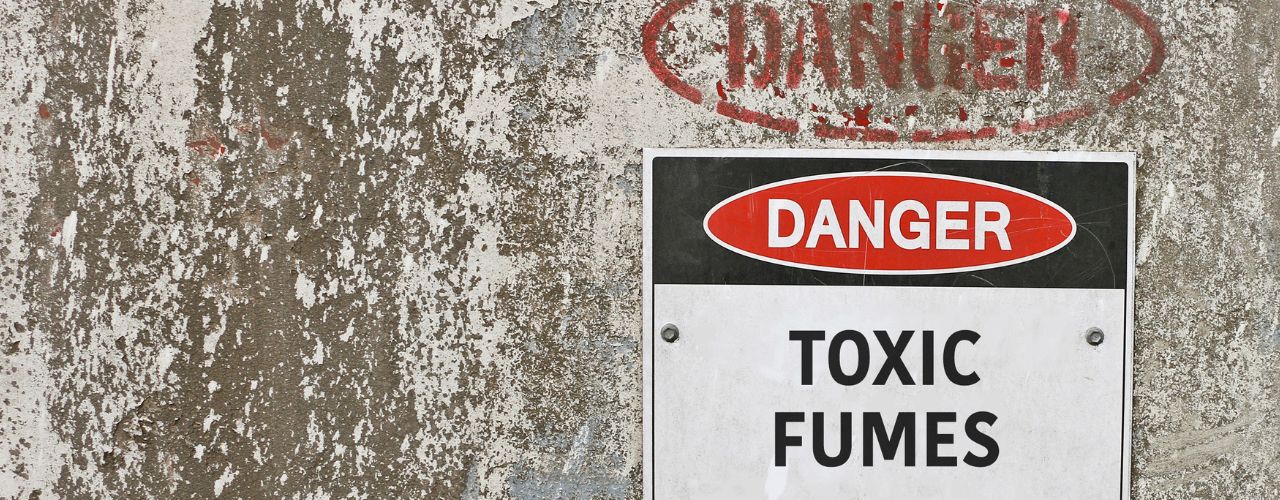Our world is full of man-made, potentially toxic hazards, including gas and chemical emissions. This includes VOCs found in more places than you might believe. Read on to learn three interesting facts about volatile organic compounds.
What Are Volatile Organic Compounds?
Volatile organic compounds (VOCs) are high vapor pressure, low water-soluble compounds containing organic matter. VOCs are often found in industrial environments and play a significant role in refining, manufacturing, and chemical development processes. Some common VOCs include trichloroethylene and related industrial solvents, as well as MTBE and fuel oxygenates.
Despite their organic nature, most problematic VOCs are man-made and are sometimes byproducts of artificial processes, including chlorination and other chemical water treatments. Most importantly, these compounds are the gaseous emissions of certain solids or liquids and are partially responsible for global climate concerns. Additionally, human exposure to VOC is potentially harmful to health and well-being, as most of these compounds are known carcinogens.
Fact I: VOCs Are Commonly Found In Cleaning Chemicals and Products
Did you know that most forms of bleach, spray cleaners, fresheners, and fragrance enhancers contain harmful VOCs? In fact, that “clean” smell associated with household cleaning products indicates the presence of volatile organic compounds. Unfortunately, popular brands like Windex, Clorox, and Pledge sell items with high VOC quantities, including large amounts of them classified as toxic. Furthermore, furniture polish, various detergents, and toilet bowl cleaners are often filled with dangerous VOCs. As mentioned before, prolonged exposure to these compounds can negatively impact your health, causing respiratory irritation, tissue damage, or cancer growth.
Fact II: “VOC-Free” Products Aren’t Always Accurate
So, if most of the top chemical cleaning products are full of these potentially harmful compounds, it’s worth investing in VOC-free items—right? In truth, even companies that boast “VOC-free” products aren’t always being fully transparent. Rather, their product simply contains an almost undetectable level of VOCs, specifically toxic versions of these compounds. While safer than others, these items still pose health and environmental risks. Instead, read the ingredients label on the product carefully to identify any harmful VOCs before purchasing.
Fact III: Complex Software Helps Monitor VOC Emissions
You now know that VOCs are commonly used in refineries or related industrial facilities and are potentially harmful to human lives and the surrounding environment. But how exactly do these businesses ensure better protection for their employees, immediate communities, and nearby ecosystems? Most refineries use advanced Leak Detection and Repair systems (LDAR) with high-tech devices and software. The software is incredibly accurate at detecting VOC leaks and excess emissions before escalation. LDAr technology is one of the many things energy executives must know about VOC control and general facility leak detection.
Learning interesting facts about volatile organic compoundsensures you remain educated on the uses and, most importantly, hazards associated with these materials. Thanks to government regulations, public awareness, and superior technologies, humanity can continue to reduce its global VOC output!





